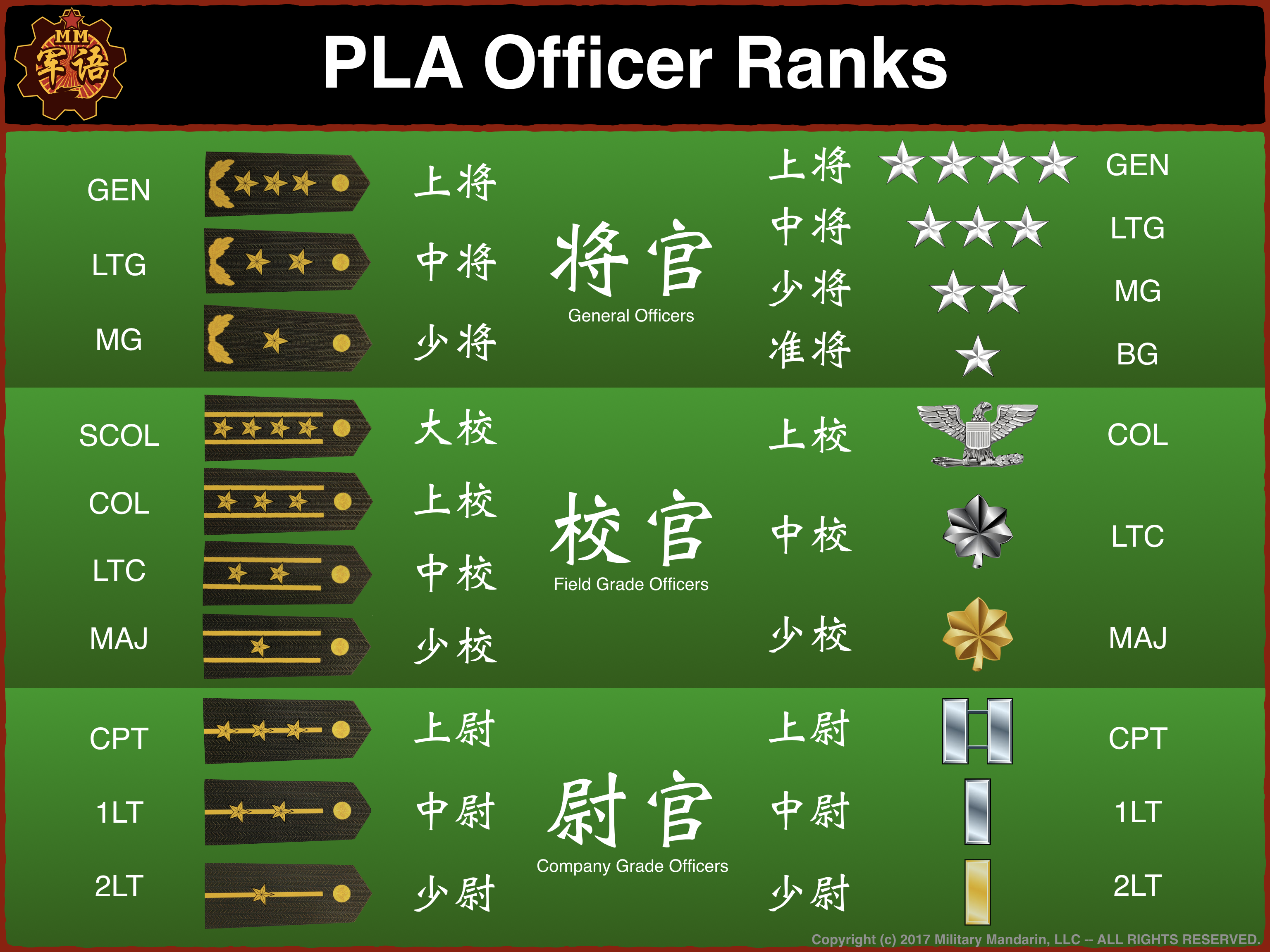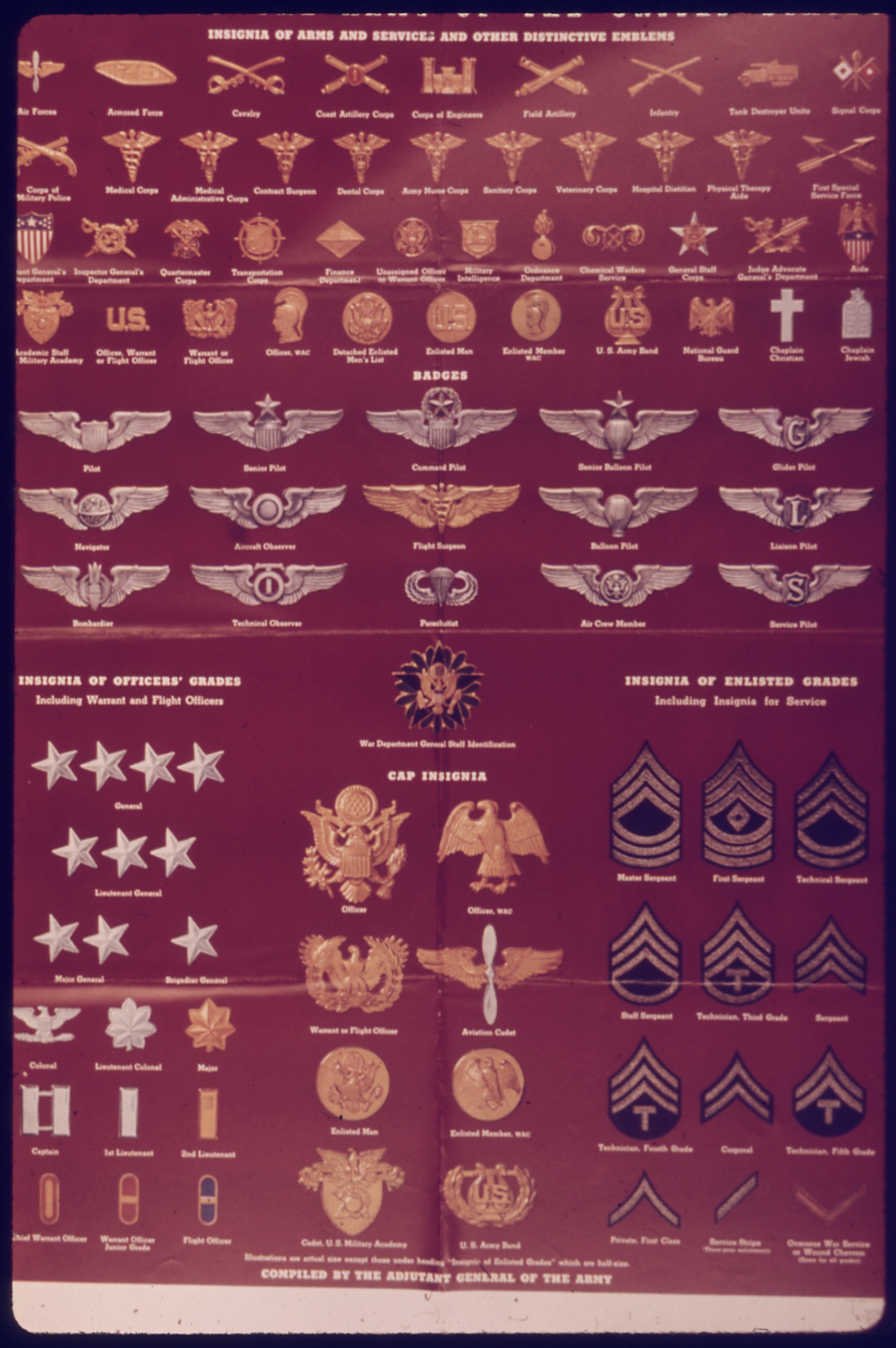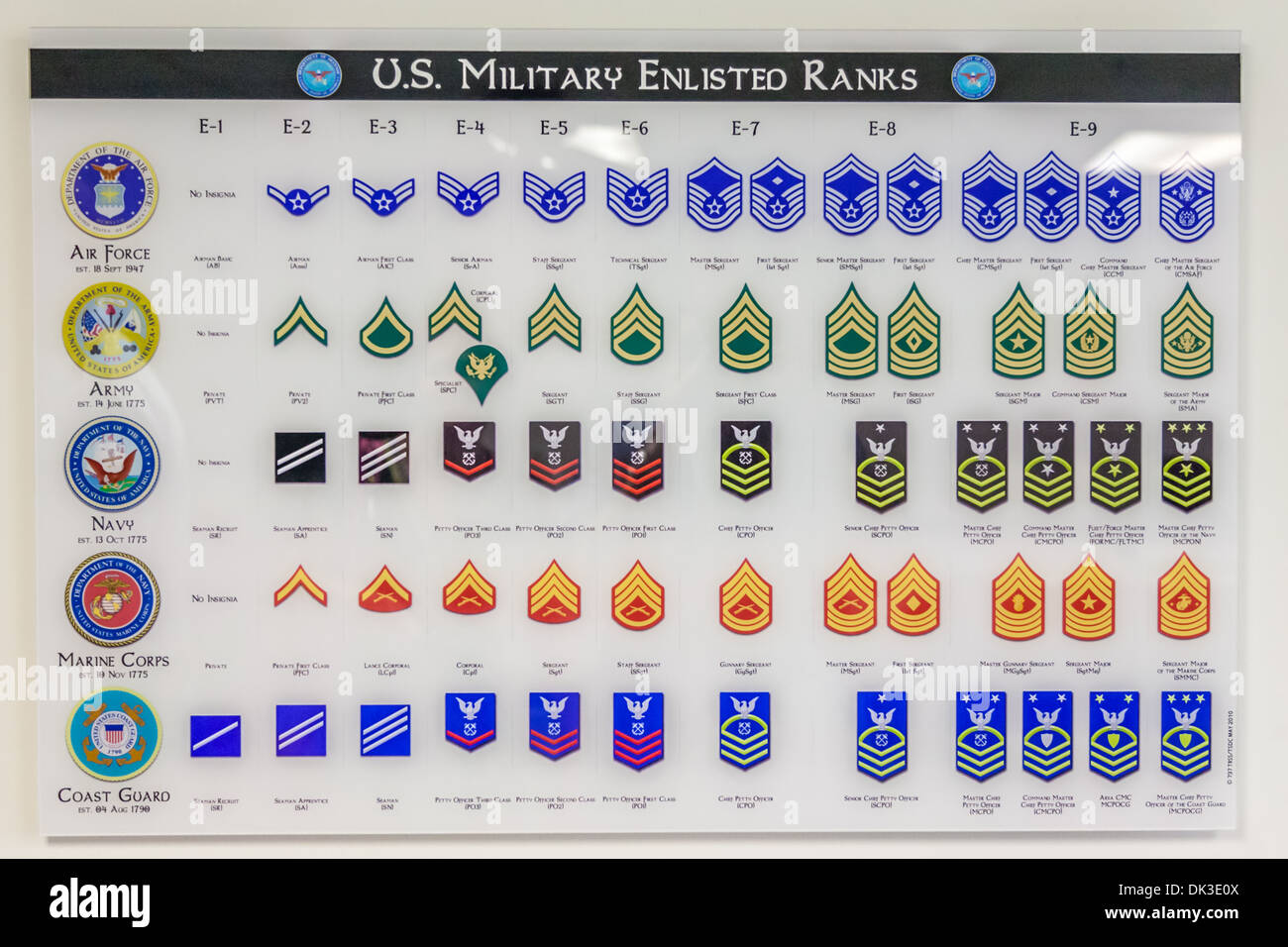Military
Army Enlisted Rank Structure

Introduction to Army Enlisted Rank Structure

The United States Army is one of the largest and most complex military organizations in the world, with a robust rank structure that defines the roles, responsibilities, and Chain of Command. The enlisted rank structure is the backbone of the Army, comprising the majority of its personnel. Understanding the Army enlisted rank structure is crucial for both military personnel and civilians who want to grasp the hierarchy and career progression within the Army. In this article, we will delve into the details of the Army enlisted rank structure, exploring the various ranks, their responsibilities, and the requirements for advancement.
Overview of Enlisted Ranks

The Army enlisted rank structure is divided into nine ranks, each with its unique responsibilities, requirements, and insignia. The ranks are further categorized into three main groups: Junior Enlisted (E-1 to E-4), Non-Commissioned Officers (E-5 to E-6), and Senior Non-Commissioned Officers (E-7 to E-9). The ranks, in order of increasing seniority, are: - Private (PVT), rank E-1 - Private Second Class (PV2), rank E-2 - Private First Class (PFC), rank E-3 - Specialist/Corporal (SPC/CPL), rank E-4 - Sergeant (SGT), rank E-5 - Staff Sergeant (SSG), rank E-6 - Sergeant First Class (SFC), rank E-7 - Master Sergeant/First Sergeant (MSG/1SG), rank E-8 - Sergeant Major (SGM), rank E-9
Junior Enlisted Ranks (E-1 to E-4)

The junior enlisted ranks are the entry-level positions in the Army. These ranks are typically filled by new recruits and soldiers in the initial stages of their careers. The roles and responsibilities of junior enlisted personnel include: - Private (PVT): The lowest rank in the Army, privates are typically new recruits who have just entered the service. - Private Second Class (PV2): After completing basic training, privates are often promoted to private second class. - Private First Class (PFC): Privates first class have more experience and may take on additional responsibilities within their units. - Specialist/Corporal (SPC/CPL): Specialists and corporals are junior non-commissioned officers who have gained experience and expertise in their specific Military Occupational Specialty (MOS).
Non-Commissioned Officers (E-5 to E-6)

Non-commissioned officers (NCOs) are the backbone of the Army, providing leadership and guidance to junior enlisted personnel. NCOs have significant experience and have demonstrated their ability to lead and make decisions. The roles and responsibilities of NCOs include: - Sergeant (SGT): Sergeants are team leaders who oversee small groups of soldiers and are responsible for their training and development. - Staff Sergeant (SSG): Staff sergeants are senior NCOs who often serve as squad leaders or section sergeants, responsible for planning and executing missions.
Senior Non-Commissioned Officers (E-7 to E-9)

Senior non-commissioned officers are the most experienced and respected leaders in the Army. They have achieved a high level of expertise and have demonstrated exceptional leadership abilities. The roles and responsibilities of senior NCOs include: - Sergeant First Class (SFC): Sergeants first class are senior NCOs who often serve as platoon sergeants or first sergeants, responsible for leading and advising junior officers. - Master Sergeant/First Sergeant (MSG/1SG): Master sergeants and first sergeants are senior leaders who have achieved a high level of expertise and are responsible for leading and advising battalion- and brigade-level units. - Sergeant Major (SGM): Sergeants major are the most senior NCOs in the Army, serving as senior enlisted advisors to commanders and staff officers.
Requirements for Advancement

Advancement through the ranks requires a combination of time in service, time in grade, performance evaluations, and completion of professional military education (PME) courses. Soldiers must also meet specific requirements for each rank, including: - Time in Service (TIS): The amount of time a soldier has served in the Army. - Time in Grade (TIG): The amount of time a soldier has served in their current rank. - Performance Evaluations: Soldiers must receive favorable performance evaluations to be considered for promotion. - Professional Military Education (PME): Soldiers must complete PME courses, such as the Basic Leader Course (BLC) and the Advanced Leader Course (ALC), to develop their leadership skills.
📝 Note: The requirements for advancement may vary depending on the soldier's Military Occupational Specialty (MOS) and the needs of the Army.
Conclusion and Final Thoughts

In conclusion, the Army enlisted rank structure is a complex and multifaceted system that defines the roles, responsibilities, and career progression of enlisted personnel. Understanding the various ranks, their responsibilities, and the requirements for advancement is essential for both military personnel and civilians who want to grasp the hierarchy and Chain of Command within the Army. By recognizing the importance of the enlisted rank structure, we can appreciate the dedication, hard work, and leadership that enlisted personnel bring to the Army every day.
What is the lowest rank in the Army?

+
The lowest rank in the Army is Private (PVT), rank E-1.
What are the requirements for advancing to Sergeant (SGT)?

+
To advance to Sergeant (SGT), soldiers must meet specific requirements, including time in service, time in grade, performance evaluations, and completion of professional military education (PME) courses.
What is the role of a Sergeant Major (SGM) in the Army?

+
Sergeant Majors (SGM) are the most senior non-commissioned officers in the Army, serving as senior enlisted advisors to commanders and staff officers.



